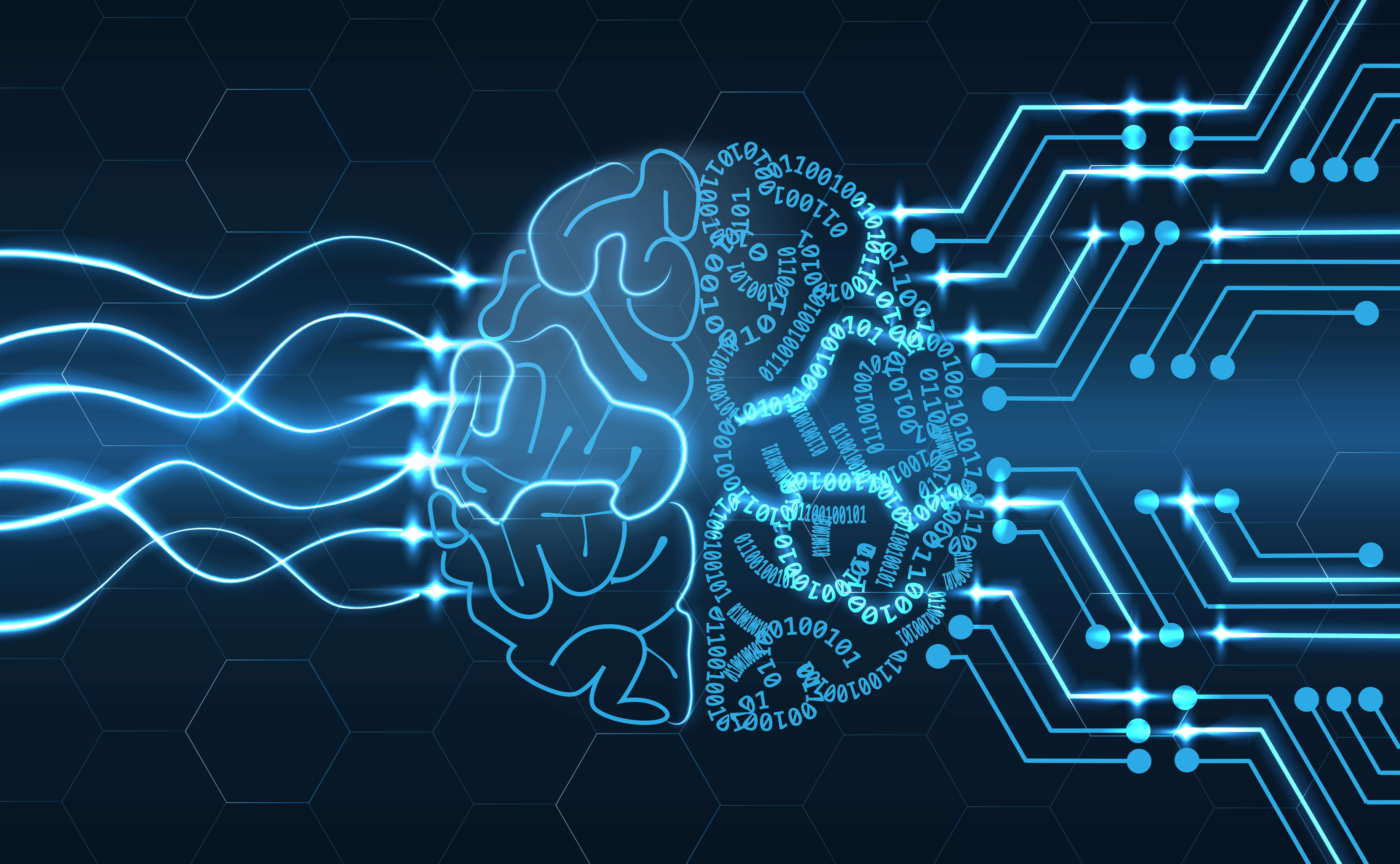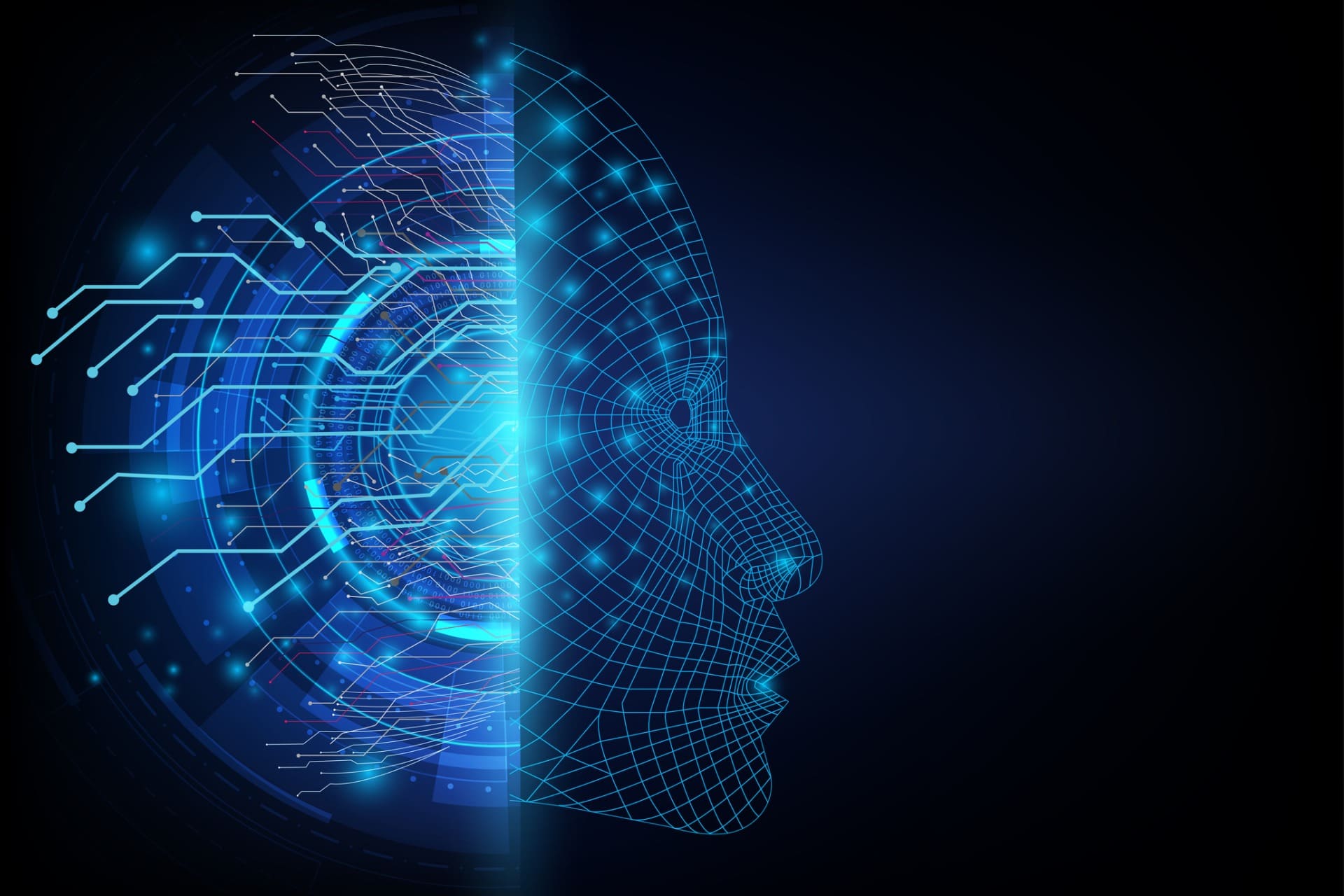Can artificial intelligence help police solve crimes?
Law enforcement is responsible for public safety and must address all of the challenges that come with it. Fortunately, police officers can rely on technology for many jobs. Artificial intelligence in law enforcement has become an important aspect of policing around the world in recent years.
As AI-based police technology becomes increasingly important to law enforcement, areas such as crime prevention and prediction are undergoing major changes. Predictive policing is just one outcome of this shift, with other policing practices undergoing major adjustments in the name of public safety.

AI in policing today Law enforcement agencies are already unlocking the potential of AI in a number of important ways.
1. Face recognition
Facial recognition technology is critical to police departments. Police use facial recognition to identify criminals at large and missing persons using image data. If you’ve ever looked at footage from a street camera, you know how low-quality those images can be. As you might imagine, reviewing these images for key information is difficult and labor-intensive. Many police departments don’t even have enough staff or experts to handle the extensive image analysis required to solve all cases.
AI in law enforcement promises greater accuracy than humans in matching faces and saves police time. Machines can use the parameters to recognize faces that humans would not normally be able to detect. Some of today’s artificial intelligence techniques are even advanced enough to find a face in a crowd at a stadium — which recently helped China catch criminals at crowded sporting events.
2. Camera
Cameras are ubiquitous in most major cities, on streets and in businesses. Law enforcement often relies on this footage to review crimes and catch criminals. AI can not only apply facial recognition to these images, but also recognize objects and complex activities, such as car accidents that occur.
Object recognition is especially important for police officers trying to monitor large events such as music festivals or marathons. Because they can’t be in multiple places at once, law enforcement officers can rely on AI to sound the alert in law enforcement if someone in the area has a weapon or is behaving strangely and could be a perceived threat.
Object recognition has other uses as well. By analyzing street footage, the AI can identify vehicles based on set characteristics. For example, a machine could show you every blue minivan that passed a given intersection within an hour. This becomes useful when police are looking for a stolen vehicle or a criminal on the run and need a quick result.
Law enforcement agencies are also using drone cameras, allowing them to explore more surface areas and participate in faster search and rescue efforts. These drones are naturally equipped with artificial intelligence facial and object recognition capabilities.
3. Predictive policing Artificial
AI predictive policing refers to the ability to predict where a crime will be committed, who will commit it, what type of crime will be committed, and who its victims will be. Predictive policing is a controversial topic, but it’s a long way from becoming commonplace. Corporations and police departments are only just beginning to test predictive policing systems. These systems could eventually lead to major advances in predicting and ideally preventing crime.
When predicting crime locations, algorithms can analyze crime rates in various regions and map crime hotspots. This tells police to target those areas with additional patrols and surveillance.
AI will also be able to better map who is at risk of committing a crime and who is likely to reoffend after getting out of prison, based on the data collected and analysis of historical patterns. Naturally, there is some controversy over what should be done with this information, and there will be more as the practice grows in use.
Where predictive policing may be most helpful is in identifying possible future victims of crime. Research is underway to detect abuse before it occurs by better understanding the environmental conditions that lead to it and using this information to predict the type of abuse that is most likely to occur. While elder abuse is just one use case, imagine the impact of predictive policing in a range of other violent crimes.
4. Robots
No, we’re not going to replace our entire police force with robots anytime soon. But police departments are turning to robots to handle tasks ranging from the mundane to the most dangerous.
Some countries are indeed testing robots that act as police substitutes. Dubai is experimenting with street robots that can beam data back to headquarters for review by people there. They are also equipped with touch screens for reporting crimes and can communicate in six different languages.
Robots can also perform more complex tasks on behalf of police officers. They can enter dangerous locations and identify people and objects that pose potential threats, a safer option than risking the lives of police officers. Some robots are also equipped with the ability to detonate bombs, increasing public safety without harming police officers.
5. Nonviolent crimes
AI is good at spotting anomalies in patterns, which can help spot nonviolent crimes like fraud and money laundering. Banks already see the AI revolution as integral to their security, and law enforcement is working with these entities to fight such crimes.
By analyzing images, artificial intelligence can identify counterfeit goods and counterfeit banknotes with high accuracy, discovering details that the human eye may miss.
What is the future of artificial intelligence in law enforcement?
AI may still be new to the law enforcement world, so its applications haven’t been fully realized yet. Nonetheless, it has already made an impact in key areas such as surveillance, crime prevention and crime solving.
With enhanced imaging and object and facial recognition, AI reduces the need for labor-intensive tasks and frees officers to handle more complex activities. AI can also catch criminals who would otherwise get away with it and solve crimes that would otherwise go undetected.
Predictive policing is also an area to watch, as it could have a major impact on how criminals are caught and victims are identified. Ideally, predictive policing will protect the public better than before, but there are still kinks to be ironed out as the system becomes more advanced.
It’s unclear how the changes will change the role of police and benefit public safety. One thing’s for sure: The results could have big consequences for all of us.


 Afrikaans
Afrikaans Albanian
Albanian Amharic
Amharic Arabic
Arabic Armenian
Armenian Azerbaijani
Azerbaijani Basque
Basque Belarusian
Belarusian Bengali
Bengali Bosnian
Bosnian Bulgarian
Bulgarian Catalan
Catalan Cebuano
Cebuano Chichewa
Chichewa Chinese (Simplified)
Chinese (Simplified) Chinese (Traditional)
Chinese (Traditional) Corsican
Corsican Croatian
Croatian Czech
Czech Danish
Danish Dutch
Dutch English
English Esperanto
Esperanto Estonian
Estonian Filipino
Filipino Finnish
Finnish French
French Frisian
Frisian Galician
Galician Georgian
Georgian German
German Greek
Greek Gujarati
Gujarati Haitian Creole
Haitian Creole Hausa
Hausa Hawaiian
Hawaiian Hebrew
Hebrew Hindi
Hindi Hmong
Hmong Hungarian
Hungarian Icelandic
Icelandic Igbo
Igbo Indonesian
Indonesian Irish
Irish Italian
Italian Japanese
Japanese Javanese
Javanese Kannada
Kannada Kazakh
Kazakh Khmer
Khmer Korean
Korean Kurdish (Kurmanji)
Kurdish (Kurmanji) Kyrgyz
Kyrgyz Lao
Lao Latin
Latin Latvian
Latvian Lithuanian
Lithuanian Luxembourgish
Luxembourgish Macedonian
Macedonian Malagasy
Malagasy Malay
Malay Malayalam
Malayalam Maltese
Maltese Maori
Maori Marathi
Marathi Mongolian
Mongolian Myanmar (Burmese)
Myanmar (Burmese) Nepali
Nepali Norwegian
Norwegian Pashto
Pashto Persian
Persian Portuguese
Portuguese Punjabi
Punjabi Romanian
Romanian Russian
Russian Polish
Polish Samoan
Samoan Scottish Gaelic
Scottish Gaelic Serbian
Serbian Sesotho
Sesotho Shona
Shona Sindhi
Sindhi Sinhala
Sinhala Slovak
Slovak Slovenian
Slovenian Somali
Somali Spanish
Spanish Sundanese
Sundanese Swahili
Swahili Swedish
Swedish Tamil
Tamil Tajik
Tajik Telugu
Telugu Turkish
Turkish Ukrainian
Ukrainian Urdu
Urdu Uzbek
Uzbek Thai
Thai Vietnamese
Vietnamese Welsh
Welsh Xhosa
Xhosa Yiddish
Yiddish Yoruba
Yoruba Zulu
Zulu